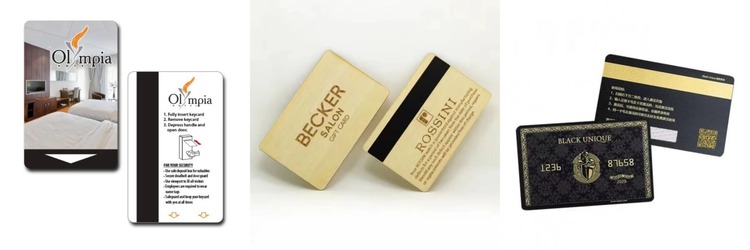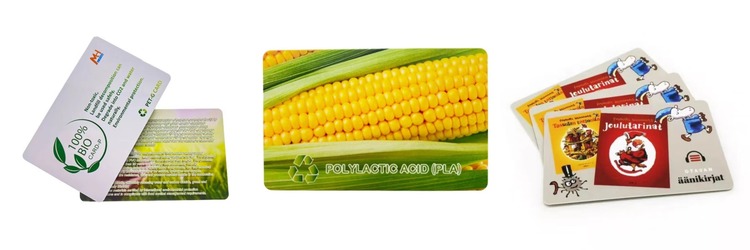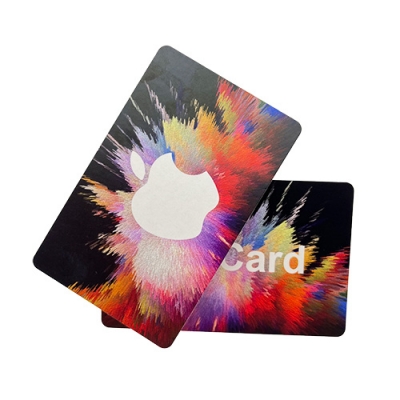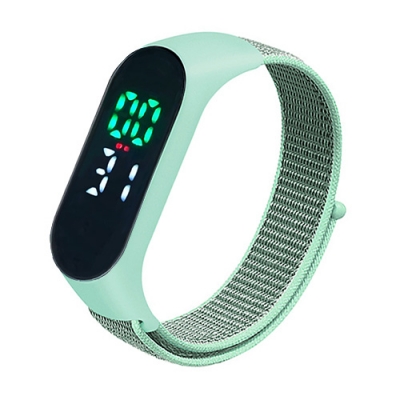●Technology: Magnetic stripe cards use a magnetic stripe on the back of the card that contains encoded. This data is read by swiping the card through a magnetic stripe reader, which recognizes the magnetic patterns and retrieves the information. On the other hand, RFID (Radio-Frequency Identification) cards use frequency technology to wirelessly communicate with a card reader. The RFID card contains a microchip and an antenna that transmit and receive data when in proximity to the reader.
● Contact vs. Contactless: Magnetic stripe cards require physical contact with the reader, as they need to be swiped or inserted into the reader. In contrast, RFID cards are contactless, meaning they can be read from a short distance (usually within a few inches) without any physical contact. This makes RFID cards more convenient and quicker to use, as users simply need to tap or wave the card near the reader for authentication.
●Security: Magnetic stripe cards have relatively low security compared to RFID cards. The data on magnetic stripe cards can be easily copied or cloned, making them vulnerable to fraud and unauthorized access. RFID cards, on the other hand, can offer higher security through encryption and authentication protocols. They can be programmed to have dynamic or unique identification codes, making it more difficult to replicate or compromise the card's information.
●Durability and Longevity: Magnetic stripe cards are susceptible to wear and tear due to the physical contact with the reader. The magnetic stripe can become scratched or worn out over time, leading to issues with card reading. RFID cards, being contactless, have a longer lifespan as there is no physical contact involved. The RFID chips and antennas are typically embedded within the card, providing better durability and reliability.
●Application and Versatility: Magnetic stripe cards are commonly used for simple identification and access control systems. They are often found in swipe card systems for door entry, member cards, and loyalty programs. RFID cards have a wider range of applications and can be used in various industries, including access control, payment systems, inventory management, and asset tracking.
In summary, while both magnetic stripe cards and RFID cards are used for key entry systems, RFID cards offer advantages such as contactless operation, enhanced security features, and increased durability. These factors make RFID cards a more versatile and reliable solution for various applications. As one of the earliest smart card manufacturers in China, our expertise lies in highly professional plastic card manufacturing, personalization and mailing and fulfillment. Whether it is a magnetic stripe card or an RFID card, we can provide everything you need in a plastic card.

















